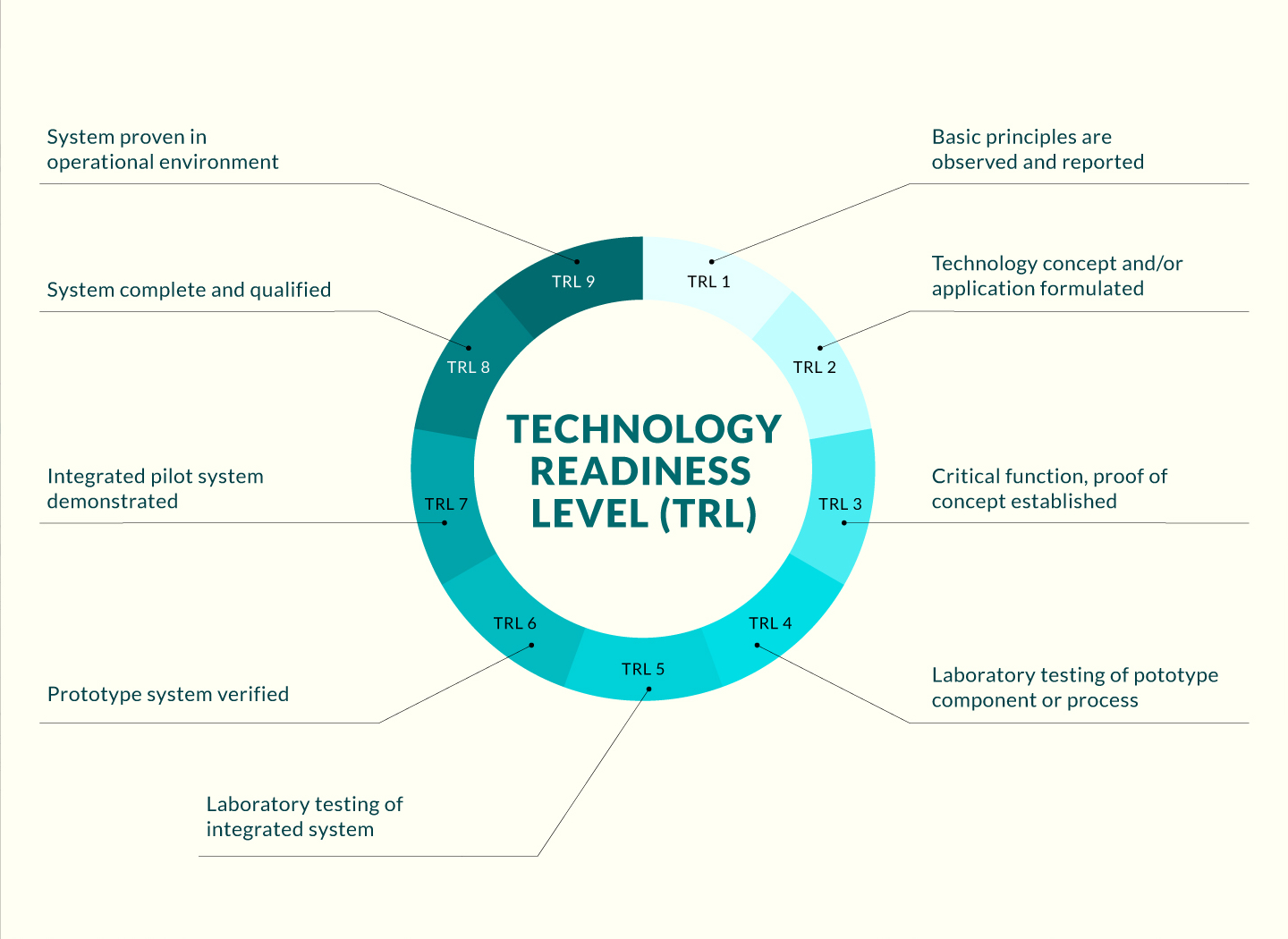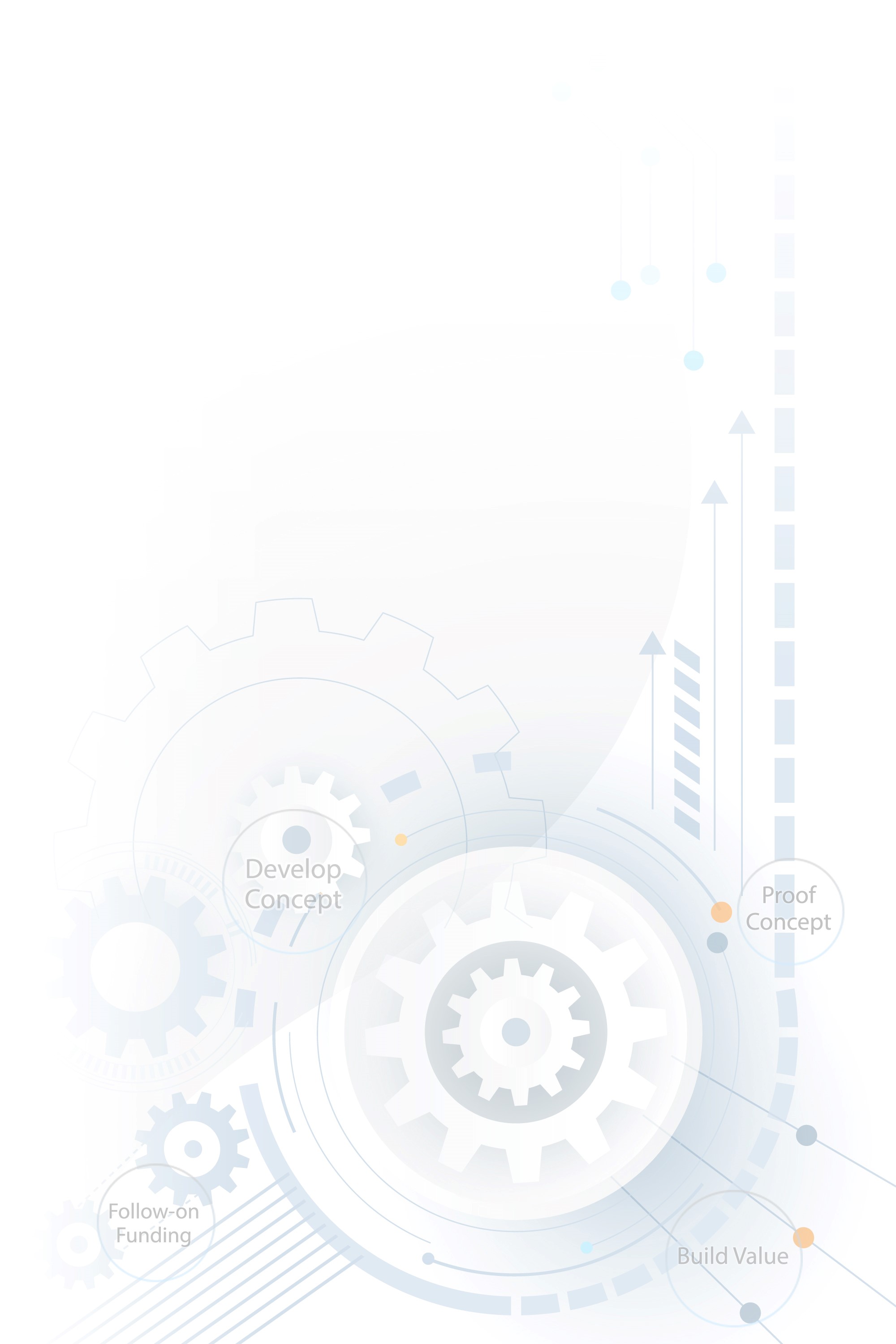
Opportunity
A power converter consists of an electronic circuit or electromechanical device and related control principles designed to change electrical energy from one form into the desired form optimized for the specific user load. A DC-DC converter typically converts a source of direct current (DC) from one voltage level to another. Though widely used in all sorts of electronic applications, today’s multiport converters suffer from various disadvantages: they may require the use of multiple inductors (components which store and release energy), which reduces power density and increases electromagnetic interference. Furthermore, many lack regenerative ports enabling integration with loads requiring bidirectional power flow paths, such as batteries. Where these ports do exist, their number is limited to three.
The current invention proposes four reconfigurable single-inductor multiport DC-DC power converters and the corresponding control principles. These can be easily reconfigured for various applications by arranging a set of switches. With each configuration requiring only one inductor, the converter size is kept small and the power density is increased. Ports are reconfigurable between input and output, and with bidirectional power flow paths available, regenerative loads can be connected. Moreover, the number of ports in the converter is scalable, and control principles are kept simple. Consequently the invention overcomes most of the drawbacks of current converter designs.
Technology
The invention comprises four reconfigurable single-inductor multiport DC-DC power converters and the corresponding control principles for regulating power transfer among multiple sources and loads. To meet different application needs, the converters can be configured by means of a set of switches as:
- single-input multiple-output (SIMO)
- multiple-input multiple-output (MIMO)
- multiple-input single-output (MISO)
Each converter includes: one unidirectional input port for unidirectional flow of power and connecting to a DC power source; one unidirectional output port for unidirectional power supply of a load; one or more reconfigurable ports which can be configured as input ports or output ports at will, facilitating bidirectional flow of power and connecting to regenerative loads or power sources or electric devices; one inductor controlled to supply a regulated current; multiple capacitors connected to the ports in parallel; and several sets of switches and diodes for defining the configuration and for power flow control.
The control system of each converter comprises a constant current control of the inductor current, and a control logic configured to operate in SIMO, MIMO or MISO mode, and operable to control power flow among all ports. All output ports can be regulated independently of each other.
Advantages
- Single inductor design keeps converter small and power density high.
- Regenerative loads can be integrated.
- Number of ports is scalable.
- Easy reconfiguration by means of switches.
- Simple control principles.
Applications
Power supply design for numerous applications requiring bidirectional multiple ports, including:
- Internet-of-Things (IoT) devices
- Electric vehicles
- Renewable energy harvesting, storage and integration with other sources
- Medical devices
- Applications requiring integration of multiple and various kinds of sources and loads




